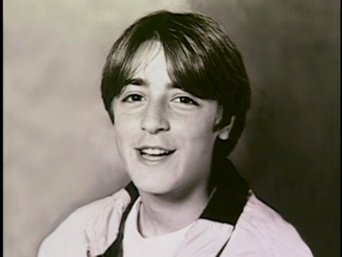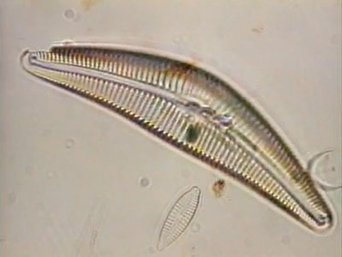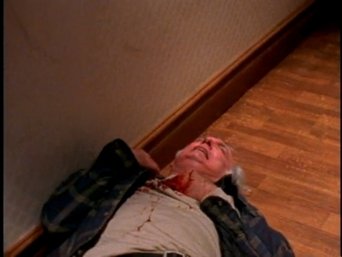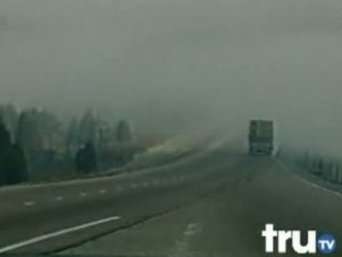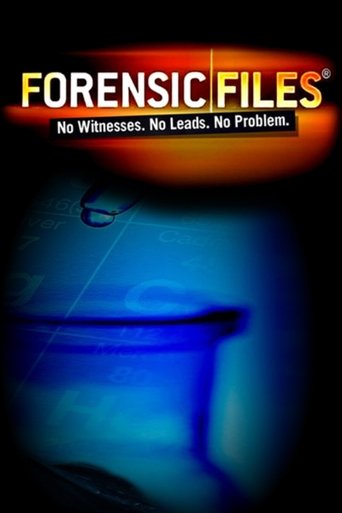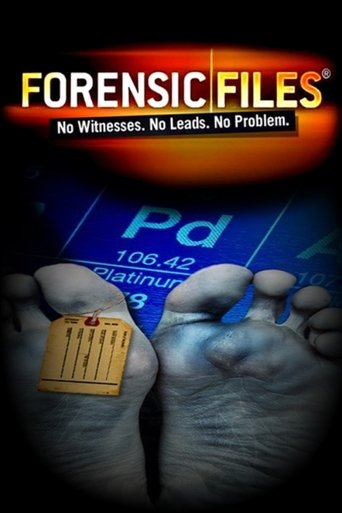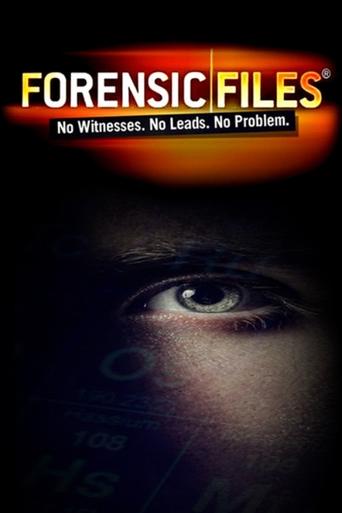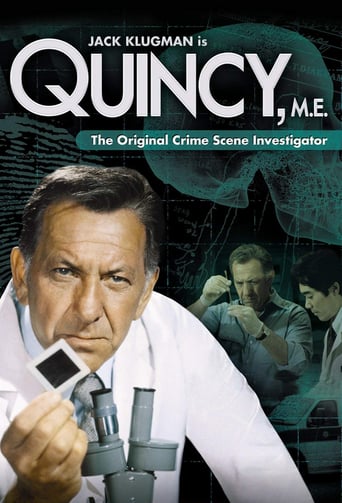Forensic Files Season 2
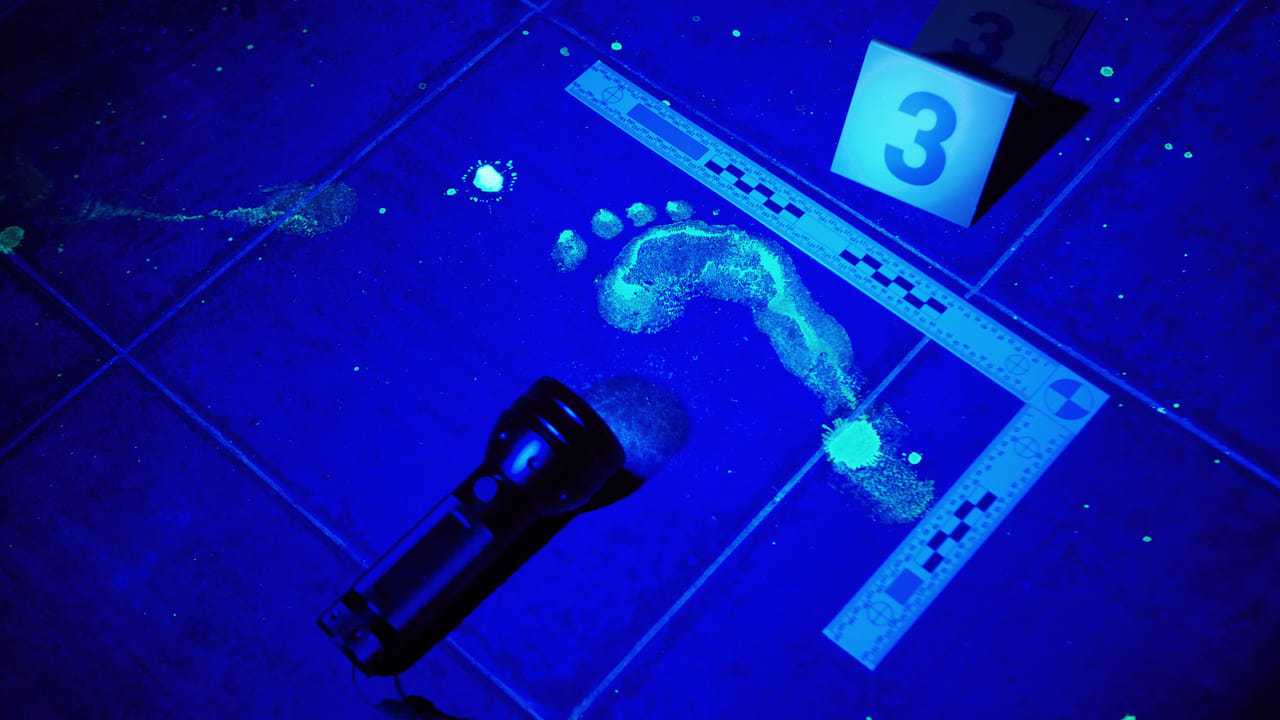
Real crimes, disease outbreaks and accidents around the world are solved by experts using scientific laboratory analysis which helps them find previously undetectable evidence. Brilliant scientific work helps convict the guilty and free the innocent.
Watch NowWith 30 Day Free Trial!
Forensic Files
1996 / TV-14



Real crimes, disease outbreaks and accidents around the world are solved by experts using scientific laboratory analysis which helps them find previously undetectable evidence. Brilliant scientific work helps convict the guilty and free the innocent.
Watch Trailer
With 30 Day Free Trial!
Forensic Files Season 2 Full Episode Guide
In the spring of 1993, an unexplained illness struck the residents of Milwaukee, Wisconsin. Four hundred thousand people developed a serious gastrointestinal illness, 4,000 were hospitalized and, by the time the epidemic was under control, more than 100 people were dead. Health officials suspected it was influenza, but it proved to be more serious and more difficult to identify.
After a day of fishing in a small, quiet village in Switzerland, a teenage boy did not return home as planned. The investigation revealed some important microscopic evidence in the water near where he was last seen. It was the only forensic evidence detectives had. But would it be enough for them to find him?
On October 15, 1985, two bomb explosions rocked Salt Lake City and resulted in two deaths. A third explosion occurred the next day; this time, the victim was injured but survived. As the investigation progressed, police came to believe the survivor was more than an innocent by-stander. When they turned to forensic science for help, they uncovered an almost unbelievable story of forgery, fraud and murder.
For more than a year, angry, hateful letters were sent to a first grade school teacher in a small town in Pennsylvania. When scientists analyzed the letters, they found evidence that the stalker knew a lot about the victim - more, in fact, than anyone could possibly have imagined. DNA analysis would eventually help seal the perpetrator's fate.
Two people in Seattle, Washington died after taking an over-the-counter pain reliever; lab analysis of the pills showed they were tainted with a lethal concentration of cyanide. The investigation which followed led police to a suspect with a motive for murder and a callous disregard for others.
Shortly after daybreak in Vancouver, British Columbia, a fire was set in a dumpster. No one saw either the arsonist or the fire, and it burned for hours in the deserted parking lot. But there was more than garbage in the container, and it would take sophisticated science to find the evidence in the ashes.
An infant was rushed to a Cleveland emergency room with serious breathing problems. The baby’s lungs were bleeding, a life threatening, extremely rare condition. Within months, there were more than 30 cases – an incidence more than a thousand times higher than anywhere else in the world. Doctors had never seen anything like it, and searched frantically for the cause and a cure.
In a quiet village in Great Britain, a farmer came upon a chilling sight. Impaled on his fence post was a severed lamb’s head along with a note which read, “You next.” The author of the note didn’t elaborate on why the farmer had been targeted, but between the lines, he’d said plenty.
The flu-like symptoms of a mother and her children proved to be indicative something much more serious: thallium poisoning. Investigators had to find the source of the poison... and when the mother died, to determine if the exposure was accidental, or if they also needed to find a killer.
While Earl Morris was vacationing in California, he learned his wife had gone missing from their home in Arizona. The search for Ruby Morris involved dozens of investigators and scientists, even the coast guard. And the results of that investigation surprised everyone... especially Earl Morris.
It was the single, most deadly automobile accident in American history. Almost a hundred vehicles were involved, twelve people died, and more than fifty people were injured. It happened along a three mile stretch of highway long known for dense, thick fog. Investigators set out to determine if the fog was a natural phenomenon, or the result of something else.
In this classic episode of Forensic Files, the longest running true crime series in television history, Eileen and Derrick Severs disappeared from their home in the small village of Hambleton in Great Britain, and police found evidence which suggested foul play. Careful analysis of a soil sample would tell investigators not only what happened to the couple, but who was responsible for the dirty deed.
The year was 1984, and a serial killer was on the loose in Florida. Eight women had been found dead. At each crime scene, investigators found tiny red fibers, fibers they hoped would lead them to the killer.
Free Trial Channels
Seasons




